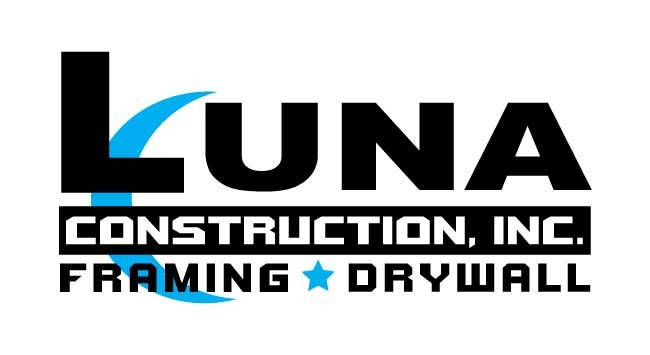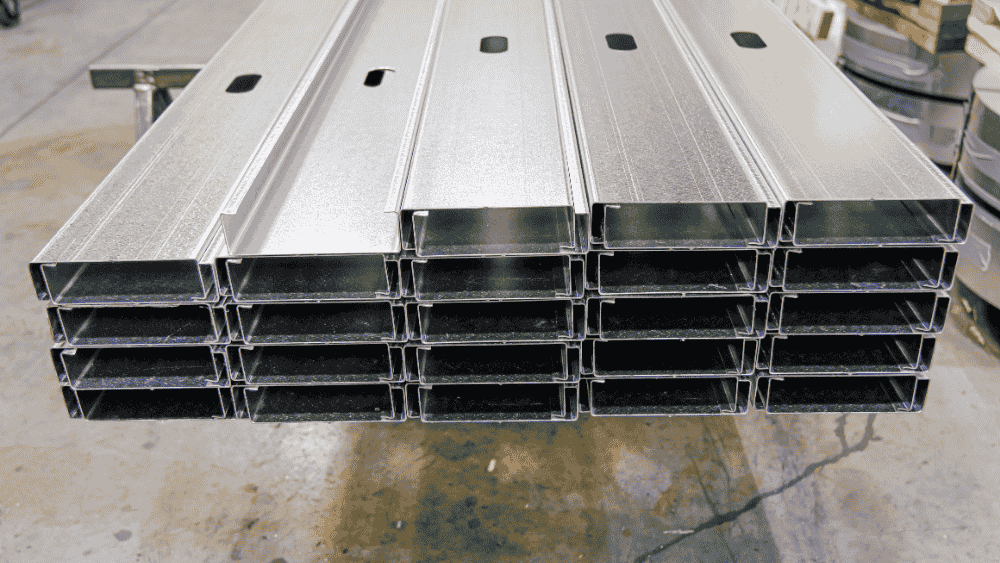When it comes to commercial construction, one of the most reliable materials used in framing today is metal building studs. Known for their strength, durability, and versatility, they have become a preferred choice over wood in many projects. From office buildings to retail centers, healthcare facilities, and even modern residential spaces, metal studs provide the structural support needed to create walls, ceilings, and specialty designs that stand the test of time.
If you’re a developer, contractor, or property owner exploring framing options, this complete guide will help you understand the types, sizes, and applications of metal building studs—and why they’re essential in today’s construction industry.
What Are Metal Building Studs?
Metal building studs are steel components designed to form the framework of walls, ceilings, and roofs. Unlike traditional wood studs, these studs don’t warp, rot, or attract pests, making them an excellent choice for long-term durability. They are often used in steel framing wall systems for both load-bearing and non-load-bearing applications.
Made from galvanized steel, these studs are lightweight yet strong, allowing contractors to work efficiently while ensuring buildings remain safe and stable.
Types of Metal Building Studs
There are several types of metal studs available, each designed for specific purposes in construction:
1. C-Studs
The most common type, shaped like the letter “C,” these studs form the vertical members of walls. They are paired with tracks to create the wall framework.
2. U-Tracks
These are channels that secure the top and bottom of C-studs, keeping the framework stable.
3. Furring Channels
Used for attaching drywall or ceiling boards, furring channels help level surfaces and provide support for finishing work.
4. Joists and Headers
In metal stud roof framing or floor assemblies, steel joists and headers provide structural integrity.
5. Specialty Studs
Designed for acoustics, fire resistance, or high-strength walls, specialty studs meet unique project requirements.
Standard Sizes of Metal Building Studs
Understanding metal stud measurements is key to selecting the right product for your project. While sizes may vary, here are the most common dimensions:
- Widths: 1-5/8”, 2-1/2”, 3-5/8”, 4”, 6”, 8”
- Depths: Typically range from 1-1/4” to 3-1/2” depending on load requirements
- Lengths: Available in standard 8-foot, 10-foot, and 12-foot lengths, with custom sizes for large-scale projects
- Gauge (Thickness):
- 25-gauge: Non-load-bearing interior walls
- 20–22 gauge: Heavier duty, load-bearing walls
- 16–18 gauge: High-strength framing, exterior, or structural applications
- 25-gauge: Non-load-bearing interior walls
Choosing the correct size and gauge depends on whether you’re framing interior partitions, exterior walls, or structural systems.
Benefits of Using Metal Building Studs
1. Durability
Unlike wood, steel won’t warp, crack, or shrink over time. This ensures your walls remain straight and sturdy for decades.
2. Fire Resistance
Steel framing studs are non-combustible, offering greater safety and compliance with building codes.
3. Moisture & Pest Resistance
Metal is impervious to termites, mold, and rot, making it ideal for long-lasting construction.
4. Cost-Effectiveness
While steel building studs may have a slightly higher upfront cost, their longevity and reduced maintenance save money over the life of the structure.
5. Sustainability
Steel is recyclable, making it an eco-friendly building material that aligns with green construction practices.
Applications of Metal Building Studs
The versatility of metal studs makes them suitable for a wide range of applications:
1. Interior Walls
From offices to apartments, steel framing studs are commonly used for non-load-bearing partitions.
2. Exterior Walls
Heavier gauge studs are used for load-bearing walls that require strength and insulation.
3. Ceilings and Roofs
With proper engineering, metal stud roof framing can support roofing systems, ceilings, and ductwork.
4. Soundproofing and Acoustics
Specialty studs help reduce noise transmission in commercial and residential settings.
5. Fire-Rated Assemblies
Metal studs combined with fire-rated drywall improve safety in stairwells, corridors, and multi-unit buildings.
Choosing the Right Contractor for Metal Stud Work
While metal studs themselves offer many advantages, proper installation is crucial to ensure performance and compliance. That’s why working with an experienced metal stud framing contractor makes all the difference.
Professionals understand building codes, stud placement, load-bearing requirements, and how to integrate insulation or acoustic solutions effectively. At Luna Construction, our Metal Stud Framing Services in Austin deliver precision and efficiency for every project, ensuring walls and ceilings are built to last.
Final Thoughts
Metal building studs are more than just a replacement for wood—they’re a modern construction solution that offers strength, safety, and long-term cost savings. With various types, sizes, and applications, they can be tailored to any project, from small office spaces to large commercial developments.
By choosing the right materials and working with skilled contractors, you not only build stronger walls—you build confidence in the future of your property.

